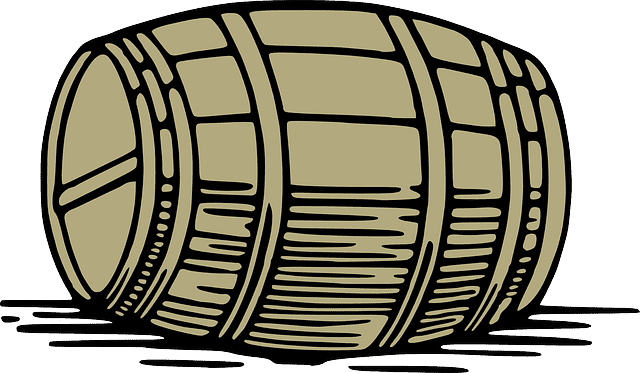Applications of Chillers in Wine Fermentation
You may have noticed that wines from different brands and price points often taste distinct.This is because the flavor, aroma and color of wine are all affected by the fermentation temperature, and precise temperature control is the key to brewing high-quality wine. This article explains the important role of the behind-the-scenes assistant chiller in wine fermentation.
Why control the fermentation temperature of wine?
During the fermentation process, yeast converts the sugar in the grape juice into alcohol and carbon dioxide.
When fermenting red wine, in order to make the finished product higher quality, the fermentation temperature will be controlled between 20℃ and 30℃. Within this temperature range, the grape juice can release more tannins and pigments. However, since fermentation is an exothermic process, the temperature in the tank can continue to rise unless actively controlled.
If the temperature is too high, the metabolism rate of the yeast will accelerate, resulting in more bitterness and odor in the wine. Moreover, at high temperatures, some by-products will be produced, making the wine rough, and may even kill the yeast and stop the fermentation. More importantly, too high a temperature will cause the pressure in the fermentation tank to increase, which poses a safety risk.
In order to maintain the fruity and floral aromas of white wine and sparkling wine and make them taste fresher, wineries use low-temperature fermentation. However, too low a temperature will affect the activity of yeast and reduce the fermentation rate. Incomplete fermentation will also make the taste of the finished product worse.
In short, temperature control is a very important part of the fermentation process. Wines with good taste must have strictly controlled temperature during fermentation.

Application of chillers in wine fermentation
Primary Fermentation
Primary fermentation is the initial stage of wine fermentation, which generally takes 5 to 14 days. In this stage, it is necessary to control the yeast activity and the volatilization rate of flavor substances by controlling the temperature to prevent fermentation from stopping prematurely or proceeding too quickly. The chiller will transport the low-temperature coolant to the jacket of the fermentation tank or the cooling coil to absorb the heat generated during the fermentation process in time, so that the reaction temperature is always maintained within the set range.
Malolactic Fermentation
Malolactic fermentation is the process of using lactic acid bacteria to convert malic acid in wine into lactic acid and carbon dioxide. It can reduce the acidity of the wine, make the taste softer, and taste more layered. This process is very sensitive to temperature. Above 25℃, the metabolic rate of lactic acid bacteria will double, but above 30℃ it will get out of control. Can wine with out-of-control fermentation temperature taste good?
Before MLF, some wineries would heat the wine tanks first to allow lactic acid bacteria to quickly adapt to the environment and start fermentation. After reaching a certain temperature, they would stop heating to keep the temperature in the tank constant. The constant temperature stage usually takes several weeks or longer. The chiller can keep the temperature in the wine cellar or wine tank at the set temperature to prevent the temperature difference from affecting the fermentation quality.

Cold Stabilization
Tartaric acid and potassium ions exist in wine, which will combine into tartrate crystals at low temperatures. They settle at the bottom of the bottle. Although there is no harm to the human body, consumers may mistake them for impurities, which will affect the brand image of the winery. Therefore, many wineries will cold stabilize the wine before bottling to allow tartrate crystals to precipitate in advance.
Cold stabilization typically involves holding the wine at -4℃ to 0℃ for several days. The automatic control of the chiller can not only avoid excessive temperature fluctuations, but also reduce manual intervention, making the process more stable and efficient.
Schlussfolgerung
High-quality wine cannot be separated from stable temperature control. If you’re operating a winery committed to consistent quality, consider using a reliable wine chiller to optimize the fermentation stage. Our professional team can help you customize the most suitable equipment according to your working conditions. Contact us to discuss your cooling needs.
Verwandte Kühlgeräte
KONTAKT US
TEL:
EMAIL:
WeChat & WhatsApp:

Wechat QR

Haben Sie eine Frage oder benötigen Sie ein Angebot? Füllen Sie das untenstehende Formular aus, und unser Team wird sich innerhalb von 24 Stunden bei Ihnen melden.
 LNEYA Industriekühler Hersteller Lieferant
LNEYA Industriekühler Hersteller Lieferant
















